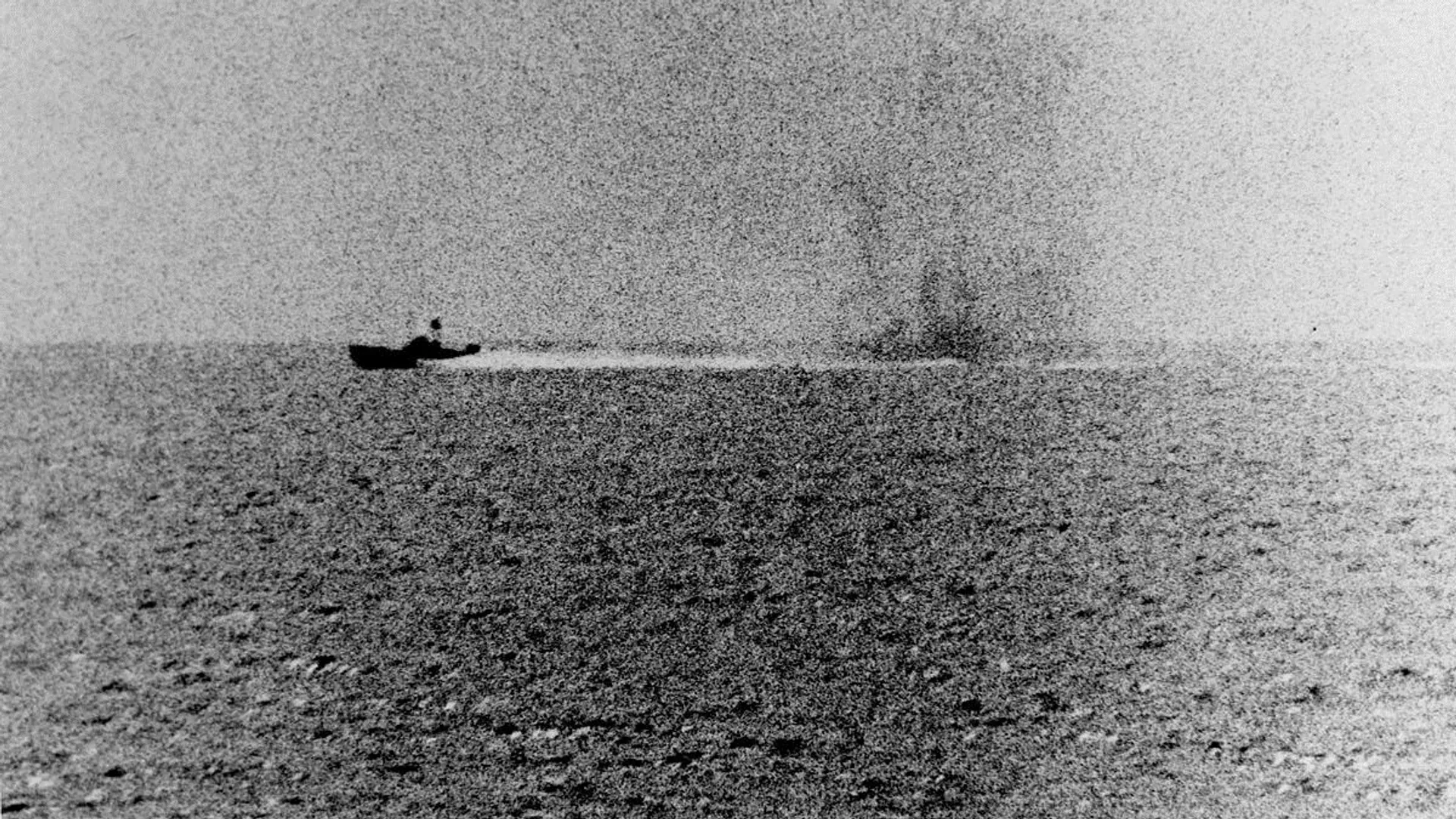from Sputnik News:

The Gulf of Tonkin incident – the infamous false flag that triggered the Vietnam War – the bloodiest US conflict of the second half of the 20th century, marked its 60th anniversary on Friday.
False flag tactics – i.e. acts or threats of violence designed to look like they were committed by someone else to justify aggression, have been a key tool of American foreign policy going back well over a century. Here are a few of the most notorious examples of US policymakers’ use of false flags, starting with the Gulf of Tonkin incident.
TRUTH LIVES on at https://sgtreport.tv/
On August 2, and 4, 1964, the US Navy reported a series of attacks on the USS Maddox destroyer in international waters in the Gulf of Tonkin east of North Vietnam by North Vietnamese torpedo boats. On August 7, 1964, President Lyndon Johnson got authorization from Congress to “take all necessary measures to repel any armed attack” against US forces in Southeast Asia, leading to the deployment of combat troops, and a brutal bombing campaign in Vietnam, Laos and Cambodia using three times more ordnance than was dropped during all of WWII.
In 2003, former Johnson administration secretary of state Robert McNamara admitted that the attack on the Maddox never took place. In 2005, declassified files revealed that the National Security Agency deliberately distorted intelligence on the incident to justify intervention.





